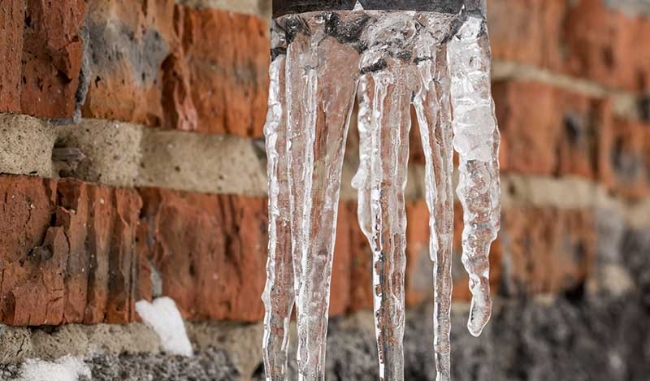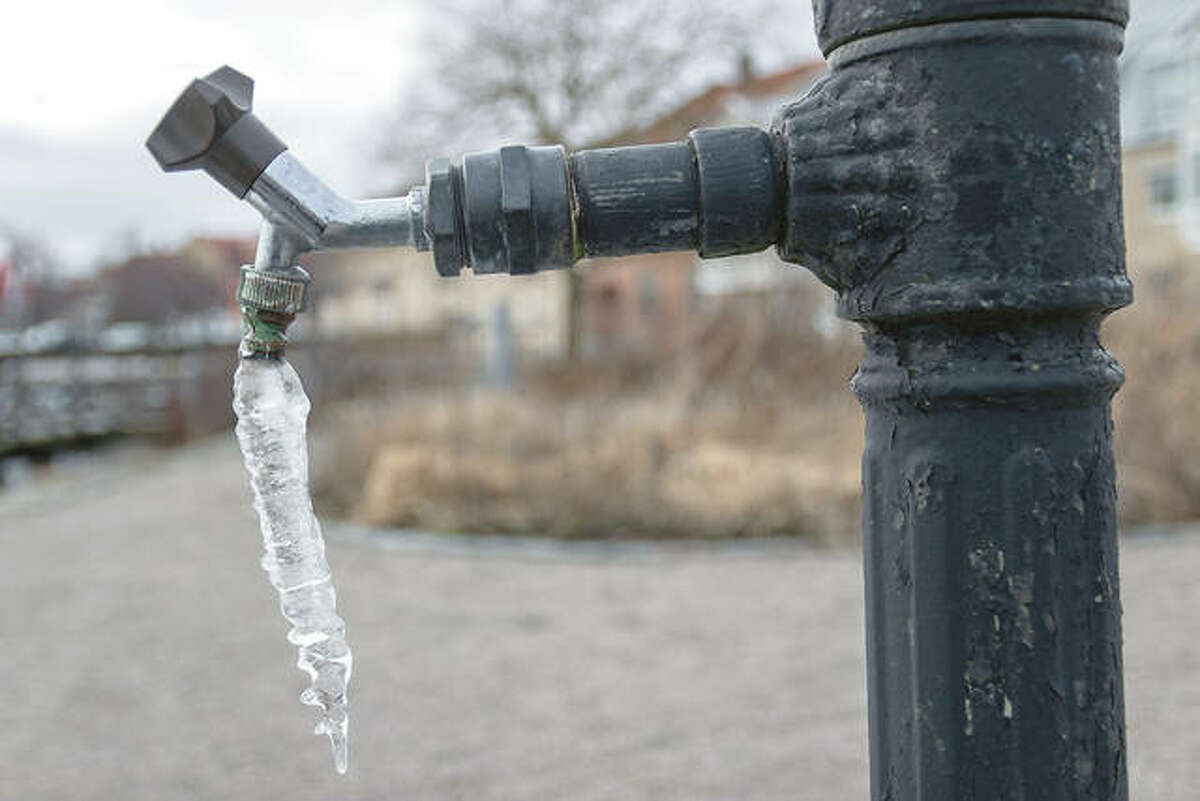Essential Tips for Avoiding Frozen Pipes in Winter Conditions
Check Us OutHave you been on the lookout for related information about Preventing and dealing with frozen pipes?

Cold weather can ruin your pipes, specifically by freezing pipelines. Below's how to stop it from occurring and what to do if it does.
Intro
As temperatures drop, the threat of frozen pipes rises, potentially leading to expensive repairs and water damages. Comprehending just how to stop icy pipes is important for house owners in cold environments.
Comprehending Frozen Pipelines
What creates pipes to freeze?
Pipelines freeze when exposed to temperatures below 32 ° F (0 ° C) for extended periods. As water inside the pipelines ices up, it broadens, putting pressure on the pipeline wall surfaces and possibly causing them to break.
Threats and damages
Icy pipes can cause water system disruptions, residential property damage, and costly repair work. Ruptured pipelines can flooding homes and cause substantial architectural damage.
Signs of Frozen Pipes
Recognizing frozen pipes early can stop them from rupturing.
How to determine frozen pipes
Seek lowered water flow from faucets, unusual odors or sounds from pipes, and noticeable frost on revealed pipes.
Prevention Tips
Shielding vulnerable pipelines
Cover pipes in insulation sleeves or utilize warm tape to shield them from freezing temperatures. Focus on pipelines in unheated or exterior locations of the home.
Home heating strategies
Maintain indoor areas properly heated, especially locations with plumbing. Open cabinet doors to allow cozy air to distribute around pipelines under sinks.
Safeguarding Outdoor Plumbing
Garden pipes and exterior faucets
Separate and drain pipes garden tubes prior to winter months. Mount frost-proof spigots or cover outdoor faucets with shielded caps.
What to Do If Your Pipelines Freeze
Immediate actions to take
If you suspect icy pipelines, keep faucets available to alleviate pressure as the ice thaws. Use a hairdryer or towels soaked in warm water to thaw pipelines gradually.
Long-Term Solutions
Structural modifications
Consider rerouting pipes away from exterior walls or unheated locations. Add additional insulation to attics, basements, and crawl spaces.
Upgrading insulation
Buy high-quality insulation for pipelines, attic rooms, and walls. Correct insulation helps keep constant temperatures and lowers the risk of icy pipelines.
Final thought
Avoiding icy pipes needs positive procedures and fast reactions. By comprehending the causes, signs, and safety nets, property owners can shield their plumbing during winter.
6 Proven Ways to Prevent Frozen Pipes and Protect Your Home
Disconnect and Drain Garden Hoses
Before winter arrives, start by disconnecting your garden hoses and draining any remaining water. Close the shut-off valves that supply outdoor hose bibs and leave the outdoor faucet open to allow any residual water to drain. For extra protection, consider using faucet covers throughout the colder months. It’s also important to drain water from any sprinkler supply lines following the manufacturer’s directions.
Insulate Exposed Pipes
Insulating your pipes is an effective way to prevent freezing. Pipe insulation is readily available at home improvement stores and is relatively inexpensive. Pay close attention to pipes in unheated areas such as the attic, basement, crawl spaces, or garage. Apply foam insulation generously to create a buffer against the cold. You can also wrap your pipes in heat tape or thermostat-controlled heat cables for added warmth.
Seal Air Leaks
Inspect your home for any cracks or openings that could let in cold air. Seal any holes around the piping in interior or exterior walls, as well as the sill plates where your home rests on its foundation. Additionally, make sure to keep your garage door closed unless you’re entering or exiting. Leaving it open creates a significant air leak that can lead to frozen pipes.
Allow Warm Air Circulation
During cold snaps, it’s essential to allow warm air to circulate evenly throughout your home. Leave interior doors ajar to promote better airflow. Open kitchen and bathroom cabinets to help distribute heat consistently around the rooms. If you have small children or pets, be sure to remove any household chemicals or potentially harmful cleaners from open cabinets for safety.
Let Faucets Drip
A small trickle of water can make a big difference in preventing ice formation inside your pipes. When temperatures drop significantly, start a drip of water from all faucets served by exposed pipes. This continuous flow helps prevent the water from freezing. Additionally, running a few faucets slightly can relieve pressure inside the pipes, reducing the chances of a rupture if the water inside does freeze.
https://choateshvac.com/6-proven-ways-to-prevent-frozen-pipes-and-protect-your-home/

I'm just very occupied with How To Avoid Freezing Pipes and I'm hoping you liked the post. You should set aside a second to promote this page if you liked it. I recognize the value of your readership.
Schedule A Service